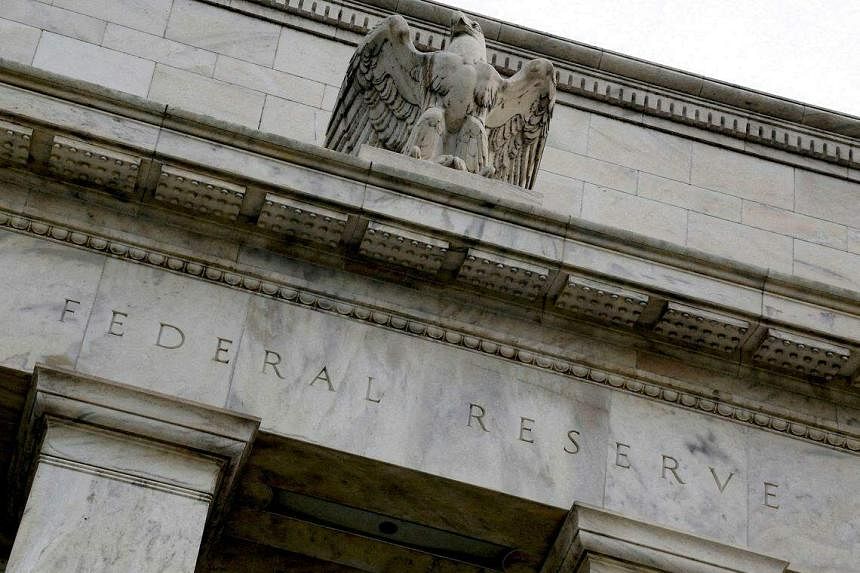WASHINGTON – Banks reduced their borrowings from two Federal Reserve backstop lending facilities in the most recent week, a sign that liquidity demand may be stabilising.
American financial institutions had a combined US$152.6 billion (S$202.6 billion) in outstanding borrowings in the week to March 29, compared with US$163.9 billion in the previous week.
The latest figures suggest that efforts by policymakers to stem contagion following a string of bank collapses are working, although banks are still borrowing much more than is typical during periods of low stress.
“After the dust has settled a little bit this week with the banks, today’s report offers some assurance that, at a minimum, things have not gotten any worse,” Jefferies economists Thomas Simons and Aneta Markowska wrote in a note to clients.
Data showed US$88.2 billion in outstanding borrowing from the Fed’s traditional backstop lending programme, known as the discount window, compared with US$110.2 billion in the previous week and a record US$152.9 billion in a period of bank distress earlier this month.
The discount window is the Fed’s oldest liquidity backstop for banks. Loans can be extended for 90 days and banks can post a broad range of collateral.
Outstanding borrowings from the Bank Term Funding Programme (BTFP) stood at US$64.4 billion compared with US$53.7 billion in the previous week. The BTFP was opened on March 12 after the Fed declared emergency conditions following the collapse of California’s Silicon Valley Bank and New York’s Signature Bank.
Credit can be extended for one year under the BTFP and collateral guidelines are tighter.
The reduction in usage “suggests a slightly improving bank liquidity picture”, although the situation “remains uncertain”, according to TD Securities strategists Priya Misra and Molly McGown, who pointed to earlier data for the period to March 15 showing declines in bank deposits in the first half of the month.
Bank deposits fell by US$98.4 billion to US$17.5 trillion in the week ended March 15, according to numbers released on March 24 by the Fed, with the next batch of similar data due on Friday.
Fed loans to bridge banks established by the Federal Deposit Insurance Corporation to resolve SVB and Signature Bank rose slightly to US$180.1 billion in the week to March 29, from US$179.8 in the previous week.
Foreign central banks tapped the Fed’s Foreign and International Monetary Authorities repurchase agreement facility for US$55 billion in the week to March 29, data shows. This was after it reached an all-time high of US$60 billion in the prior week. BLOOMBERG

